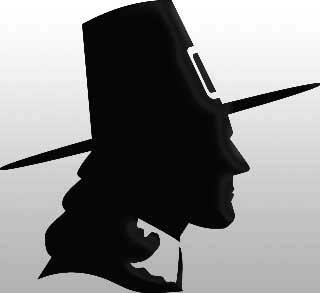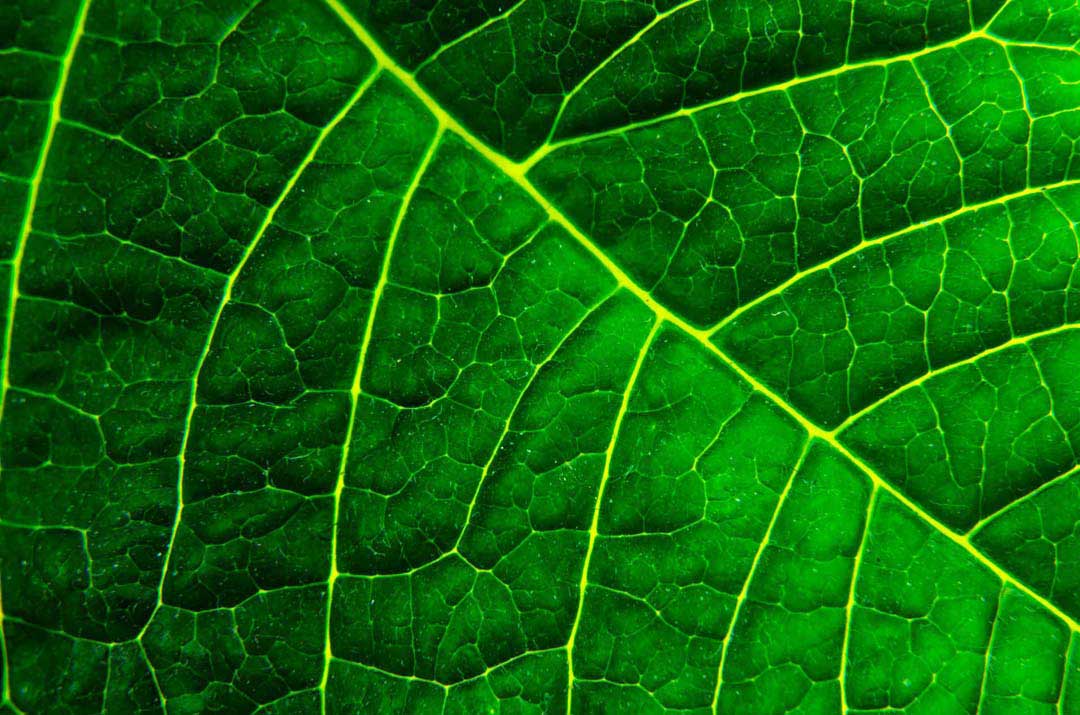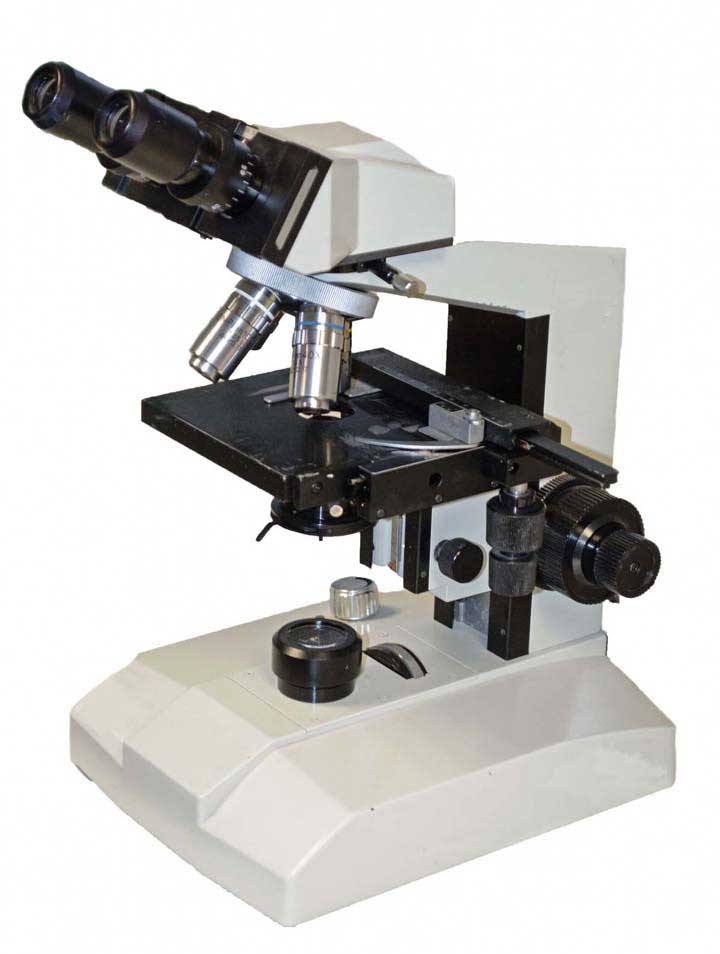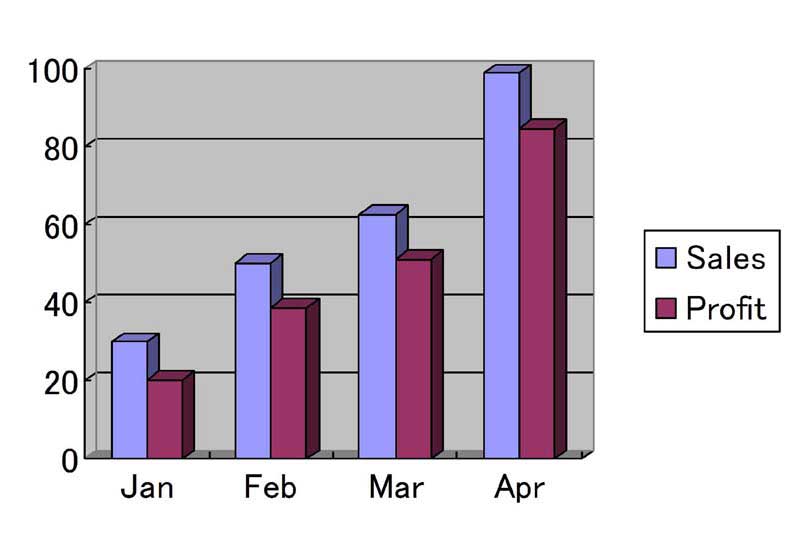Fifth grade: What your child should know
No two kids are alike. It's OK for children to be at different levels. A child's unique differences should be welcomed and accepted. Also keep in mind, that a child's level of readiness in August will be very different from what it is in December, for example. It does, however, help to have a rough idea of which academic and social skills your child should acquire at his or her grade level.





By the end of the year, you can expect your child to:
Math & Geometry & Measurement
- Do mental addition and subtraction
- Memorize the multiplication table
- Do mental division of simple numbers
- Add, subtract, multiply, divide large numbers
- Recognize 2D and 3D shapes
- Determine a shape’s perimeter
- Find the area of two-dimensional shapes
- Tell time to the hour and half hour
- Know time to minute and elapsed time in minutes, add and subtract time
- Read thermometers and use measuring tools like rulers
- Understand calendar
- Understand money- coins and bills, count, add and subtract money
- Estimate and measure length, weight, and capacity
- Use U.S. customary and metric units to measure objects – length, weight, volume, and temperature
- Understand symmetry
- Organize data with tally marks, pictographs, and bar charts (e.g., collecting and charting the birthdays of all the boys and girls in class)
- Read and write large numbers through the hundred thousands
- Recognize, identify, and create a quadrilateral, rhombus, square, triangle, trapezoid, hexagon, and parallelogram. Understand lines and rays, angles, lines, polygons and the area of rectangle
- Work with patterns and sequences
- Round and compare large numbers
- Solve word problems using addition, subtraction, multiplication, and division; solve multi-step word problems
- Apply geometric concepts to solve problems
- Explain in words how a math problem was solved
- Know the place value for each digit
- Understand negative numbers
- Understand prime and composite numbers
- Find common multiples
- Work with fractions and decimals. (Understand improper fractions and mixed numbers. Add, subtract, multiply, divide and reduce fractions. Add, subtract, multiply, compare, round decimals, place decimals on a number line. Convert decimals to fractions and fractions to decimals.)
- Use basic algebraic functions such as exponents and order of operations
- Practice using parenthesis and brackets in equations, know the proper order to use to solve the equations
- Identify and map a pair of coordinate numbers on the coordinate system (along the x-axis and y-axis)
Social Studies
Fifth-graders focus on the United States. Students begin with Native Americans, then study the 13 colonies, the American Revolution, the Civil War, and the building of a new nation. Social studies includes the study of history, geography, economics, and civics. Examples of topics are below.
- Locate the USA, continents, and oceans on a large map or globe
- Identify the countries, major rivers, and mountain ranges in North America
- Know about the five regions of the United States
- Compare different parts of the United States (e.g., contrasting year-round climate of the various regions)
- Know cardinal directions and map key
- Identify hemispheres, poles, and the equator on a globe
- Study topics relating to American history, such as Native Americans, the journey of the Mayflower, pilgrims, and the first settlers
- Know significant individuals in United States history
- Know people and events honored in commemorative holidays
- Recognize American symbols (the eagle, Liberty Bell, the flag, etc.)
- Know about The Bill of Rights and Constitutional Amendments
- Discuss what the U.S. Constitution is and why it is important
- Identify states and their capitals on a map of the United States
- Create a personal timeline
- Understand the concept of history as real stories of other times (create charts and timelines)
- Have a basic awareness of other cultures and cultural traditions
- Learn about the history of their own communities
- Learn about the basic workings of democracies and other types of governments
- Identify the difference between local, state, and national government, and identify key leaders for each (mayor, governor, president, etc.)
- Know key events of her state’s history
- Name the political leaders of her city and state
- Tell you about the Native American tribes that lived in her state
- Discuss natural resources and how they are used to produce goods
Science
Fifth grade students become hands-on scientists exploring the physical world. Areas of study include the solar system, photosynthesis, the digestive system and the chemical properties of elements. Examples of topics are below.
- Know the colors of the visible light spectrum
- Compare the human skeleton to animal skeletal systems
- Observe and record the behavior of birds and mammals (e.g., caring for young, obtaining food, surviving winter)
- Identify and explain basic function of important systems of the human body (digestive, circulatory, and respiratory)
- Understand food and the benefits of vitamins, minerals and exercise
- Explore the life cycle of living things, such as frogs, butterflies, mammals
- Use tools such as a magnifying glass, ruler, and balancing scale
- Compare and describe the structural characteristics of plants and animals
- Classify materials as solid, liquid or gases
- Measure and record weather conditions
- Name the planets in the solar system
- Learn about galaxies, moons, stars, and meteors of outer space
- Learn about the role of the Earth's orbit in seasonal change
- Recognize the basic forms of energy
- Know that the Sun supplies heat and light energy to the Earth
- Weather prediction using different types of clouds (i.e., cumulus, cirrus, stratus)
- Explain how magnets interact with all things made of iron
- Describe the processes of evaporation, condensation, and precipitation as they relate to the water cycle
- Identify and use the tools of a meteorologist (e.g., measure rainfall using rain gauge, measure air pressure using barometer, measure temperature using a thermometer)
- Identify the processes of physical weathering that break down rocks at Earth's surface
- Identify rocks and minerals
- Classify rocks as metamorphic, sedimentary or igneous
- Understand the use of fossils and changes in the surface of the earth as evidence of the history of Earth and its changing life forms
- Identify basic structures of plant and animal cells
- Distinguish between single cell and multicellular organisms
- Determine various types of plant and animal relationships within an ecosystem
- Identify photosynthesis as the food manufacturing process in plants
- Infer the importance of reproduction to the survival of a species
- Recognize the difference between complete and incomplete metamorphosis
- Compare the causes that led to the extinction of various organisms
- Compare the relative age of fossils in rock layers
- Identify and arrange the phases of the moon in the correct sequence
- Identify the force that pulls objects toward the Earth
- Identify forces that cause geological change
- Identify characteristics of the earth’s layers
- Select the soil characteristics that best support plant growth
- Identify the effect that gravity has on objects found on or near the earth’s surface
- Determine the effect of slope and friction on the speed of an object
- Match simple machines with their uses
- Identify a substance as an acid (i.e., vinegar or lemon juice) or a base (i.e., soap or baking soda)
- Distinguish between series and parallel circuits
Reading & Writing & Comprehension
- Write in a variety of genres including a friendly letter, a business letter, an invitation letters, fiction stories and research reports
- Use timelines to show the sequence of historical events
- Understand the different genres of fiction
- Understand parts of speech
- Use basic irregular verbs correctly
- Use capital letters correctly
- Punctuate sentences using periods, question marks, and exclamation points
- Punctuate dialog with quotation marks
- Edit his or her own writing for spelling and punctuation
- Recognize word patterns (prefixes and suffixes)
- Use reference books such as the dictionary, encyclopedias and thesaurus
- Be able to do research from a non-fiction book
- Interpret information from charts, images, videos, timelines and diagrams
- Synthesize information from two texts
- Summarize information
- Use computers to find information
- Try to decipher the meaning of unfamiliar words
- Read and write large numbers through the hundred thousands
- Write in paragraphs using transition words
- Correctly use apostrophes
- Identify the meaning of common antonyms, synonyms, and homonyms
